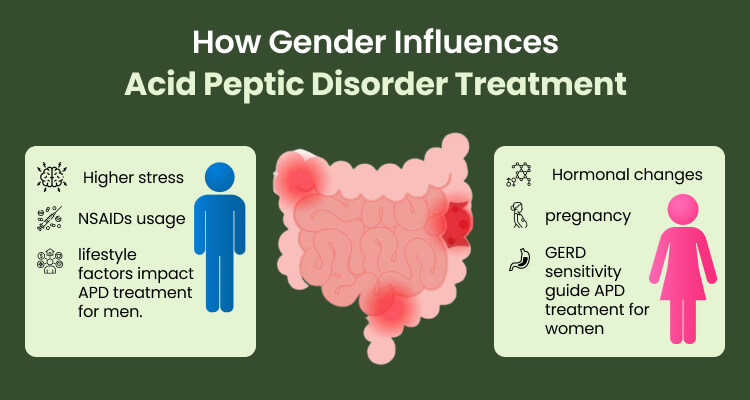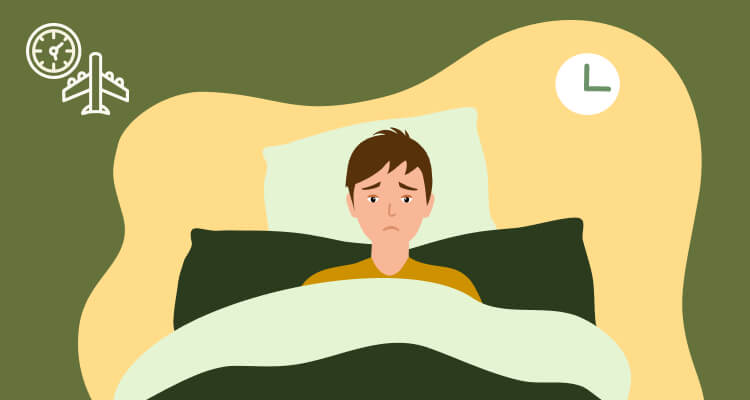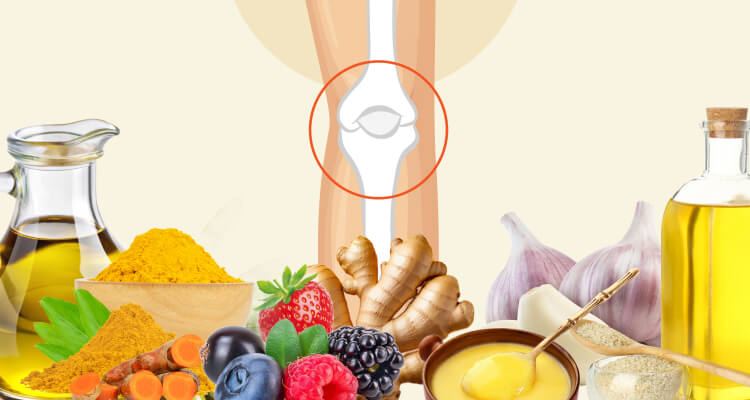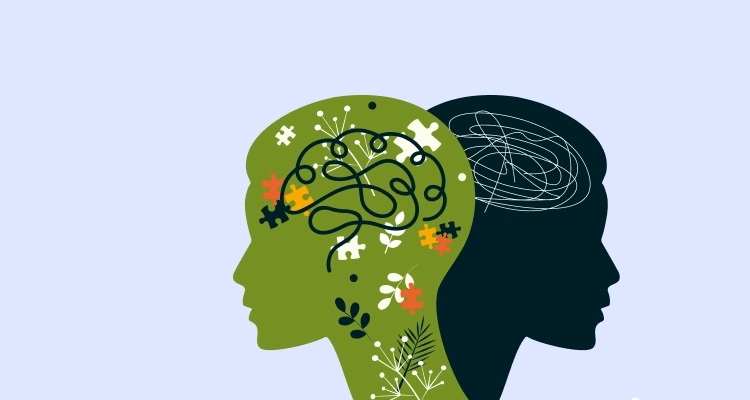Do you frequently encounter pain or swelling in your joints?
Joint pain can arise from conditions like bursitis, tendinitis, injuries, or even infections that can contribute to discomfort. However, if you experience symmetrical joint pain—where both sides of your body feel discomfort in the same joints—it’s a strong indicator that arthritis may be involved.
Arthritis is a collection of over 100 distinct musculoskeletal disorders. It may affect one joint or multiple joints, resulting in symptoms such as pain, swelling, stiffness, discomfort in movement, and redness. If left untreated, it may lead to complications related to other body parts, including the skin, eyes, lungs, heart, and kidneys.
While arthritis can occur in individuals of any age, gender, or ethnic background, certain types are more common among specific populations. In the United States, about 20% of adults have been diagnosed with some form of arthritis.
If you’re experiencing persistent joint pain, it’s crucial to understand the various types of arthritis that might be affecting you. We’ll explore the common types of arthritis, their associated symptoms, and how you can determine which type may be applicable to your condition.

Do You Have Any of These Symptoms?
It’s really important to catch the early signs and symptoms of arthritis, so you can get the right diagnosis and treatment. Take a moment to reflect on whether you’ve encountered any of the following signs:
-
Aching Pain
Many individuals with arthritis feel a constant, dull pain in their joints. It can fluctuate in severity and may become more pronounced during activity or after prolonged periods of inactivity.
-
Early Morning Stiffness
Experiencing stiffness in your joints upon waking up?
Waking up with stiffness in the morning is a frequent sign of arthritis, and it can persist for anywhere from a few minutes to a couple of hours. Engage in mild stretching or joint movement throughout the day to alleviate this stiffness.
-
Joint Pain with Systemic Symptoms
If you’re dealing with joint pain accompanied by symptoms like fever, headache, fatigue, or lethargy, it’s crucial to take notice. These signs may point to specific forms of arthritis, such as rheumatoid arthritis, and should lead you to discuss your concerns with a healthcare provider.
The Most Common Types of Arthritis and Their Triggers
Osteoarthritis (OA)
Though there are over 100 different types of arthritis, osteoarthritis (OA) is the most prevalent, impacting approximately 32.5 million adults in the United States.Commonly known as “degenerative” or “wear-and-tear” arthritis, it develops when the cartilage that protects your joints deteriorates gradually, often due to factors like aging, previous joint injuries, or repeated stress on the joints.
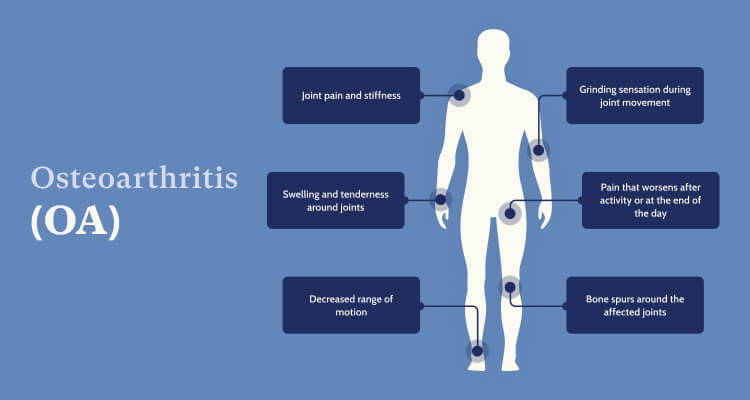
Red Flags: If you notice persistent pain and stiffness, especially after being active or sitting for a long time, this could be a sign.
Identifying Symptoms: Common symptoms of osteoarthritis include tenderness in the joints, swelling, and a decreased range of motion. You may also experience a grinding feeling when moving your joints.
Triggers: Overuse of joints, obesity (which puts extra stress on weight-bearing joints), and previous injuries can exacerbate OA.
Rheumatoid Arthritis (RA)
Rheumatoid arthritis (RA) is the second most common type of arthritis, impacting more than 1.3 million Americans and about 1% of the global population. Rheumatoid arthritis is an autoimmune condition in which the immune system incorrectly targets the joints, leading to inflammation and discomfort. While it can occur in anyone, it tends to be more common in women.
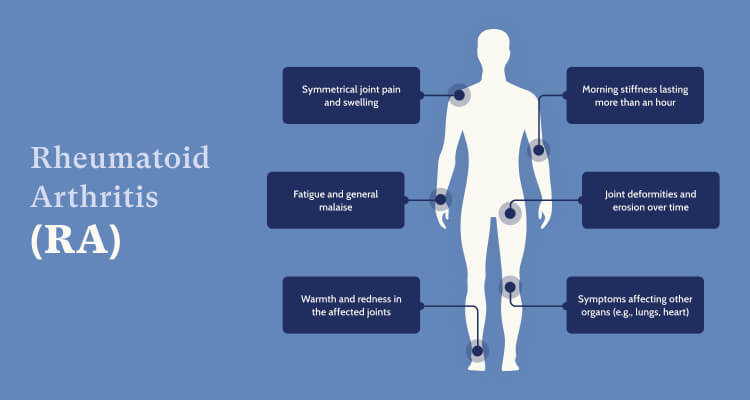
Red Flags: If you notice joint pain that impacts both sides of your body, along with persistent fatigue and morning stiffness lasting a few minutes to hours, these could be concerning signs.
Identifying Symptoms: Pay attention to swollen and tender joints, especially in the hands and feet. As the condition advances, you may also observe changes in the shape of the affected joints.
Triggers: Infections, stress, hormonal changes, and environmental factors like smoking can trigger RA flare-ups.
Psoriatic Arthritis (PsA)
If you have psoriasis, you may be at risk for developing psoriatic arthritis, a form of arthritis characterized by joint inflammation that often occurs alongside skin conditions.

Red Flags: Watch for joint pain that appears alongside skin rashes or changes in your nails, such as pitting or separation.
Identifying Symptoms: Common symptoms include swelling in the fingers or toes, known as dactylitis, and tenderness at the points where tendons attach to bones, referred to as enthesitis.
Triggers: Skin injuries, infections, and stress can worsen PsA symptoms, making it essential to manage these triggers effectively.
Gout
Gout is characterized by intense and sudden pain caused by the buildup of uric acid crystals in the joints, most commonly affecting the big toe.

Red Flags: Be alert for severe, pulsating pain that typically begins at night and may come with redness and swelling.
Identifying Symptoms: Gout flare-ups can persist for several days to weeks, and the affected joints often feel highly sensitive to touch.
Triggers: Foods high in purines (like red meat and shellfish), alcohol, dehydration, and rapid weight loss can trigger gout attacks.
Ankylosing Spondylitis (AS)
Ankylosing spondylitis mainly targets the spine, leading to inflammation in the joints of the vertebral column. It can lead to chronic pain and stiffness, significantly impacting your posture.

Red Flags: Chronic back pain that improves with movement but worsens with rest could indicate AS.
Identifying Symptoms: You might observe a decrease in spinal flexibility or a gradual alteration in your posture as time goes on.
Triggers: Genetic factors, particularly the presence of the HLA-B27 gene, as well as stress and infections, may trigger or worsen symptoms.
Infectious Arthritis (Septic Arthritis)
Infectious arthritis arises from an infection in the joint itself, resulting in significant inflammation and pain.
Red Flags: Rapid onset of severe joint pain, swelling, and fever are critical signs.
Identifying Symptoms: Redness around the joint is a strong indicator. Immediate medical attention is essential if you notice these symptoms.
Triggers: Any type of infection in the body can potentially lead to septic arthritis, particularly if bacteria enter the joint.
Infectious arthritis (septic arthritis) is considered a severe emergency condition. If you experience intense joint pain, swelling, redness, or fever, it is crucial to seek immediate medical attention, as prompt treatment is essential to prevent serious complications.
Treating Arthritis through Ayurveda
In Ayurveda, Arthritis is associated with imbalances in the movement and communication in the body (Vata dosha), leading to joint pain and inflammation. It often arises from poor digestion and lifestyle choices that disrupt the balance, causing toxins to accumulate in the bloodstream and settle in the joints. Also, it is characterized by the presence of toxic metabolic waste (ama) combined with the Vata dosha. That combination leads to severe joint pain, stiffness, and systemic symptoms like fatigue.
Navigate Joint Health With Your Supportive Ally—LYBL
Arthritis can be a daunting diagnosis, but understanding it doesn’t have to be. By recognizing the early signs and identifying the type of arthritis you might have, you’re taking the first steps toward better joint health. It’s like having a map on your journey to wellness—one that helps you navigate the complexities of this condition.
The Ayurvedic approach adds another layer of depth, offering a holistic path to relief. Imagine using natural remedies and lifestyle adjustments to support your body’s balance. It’s not just about managing symptoms; it’s about fostering a healthier, more vibrant life.
Ayurvedic treatment focuses on restoring balance to your doshas, enhancing digestion, and managing inflammation through:
- Dietary Changes: Incorporating anti-inflammatory foods, such as turmeric, ginger, and omega-3-rich sources, can be beneficial. Avoiding processed foods and excess sugar is also advised.
- Herbal Remedies: Herbs like turmeric and ashwagandha can help reduce inflammation and pain. It is also recommended to consult with an Ayurvedic practitioner to get personalized diet suggestions.
- Lifestyle Modifications: Engaging in gentle exercises, yoga, and stress-reducing practices like meditation can support joint health and overall well-being.
- Detoxification Practices: These may involve cleansing the body of toxins through dietary adjustments and specific herbal formulations, helping to alleviate symptoms and restore balance.
At LYBL, we believe in empowering you with the knowledge and resources to manage your health effectively. Our platform offers valuable insights and personalized content to guide your wellness journey.
Remember, everyone’s experience with arthritis is unique, just like your body. Collaborating with healthcare professionals—be it traditional or holistic—can help craft a personalized plan just for you. So, don’t hesitate to ask questions and seek guidance.
Let today be the day you commit to your health and well-being!















